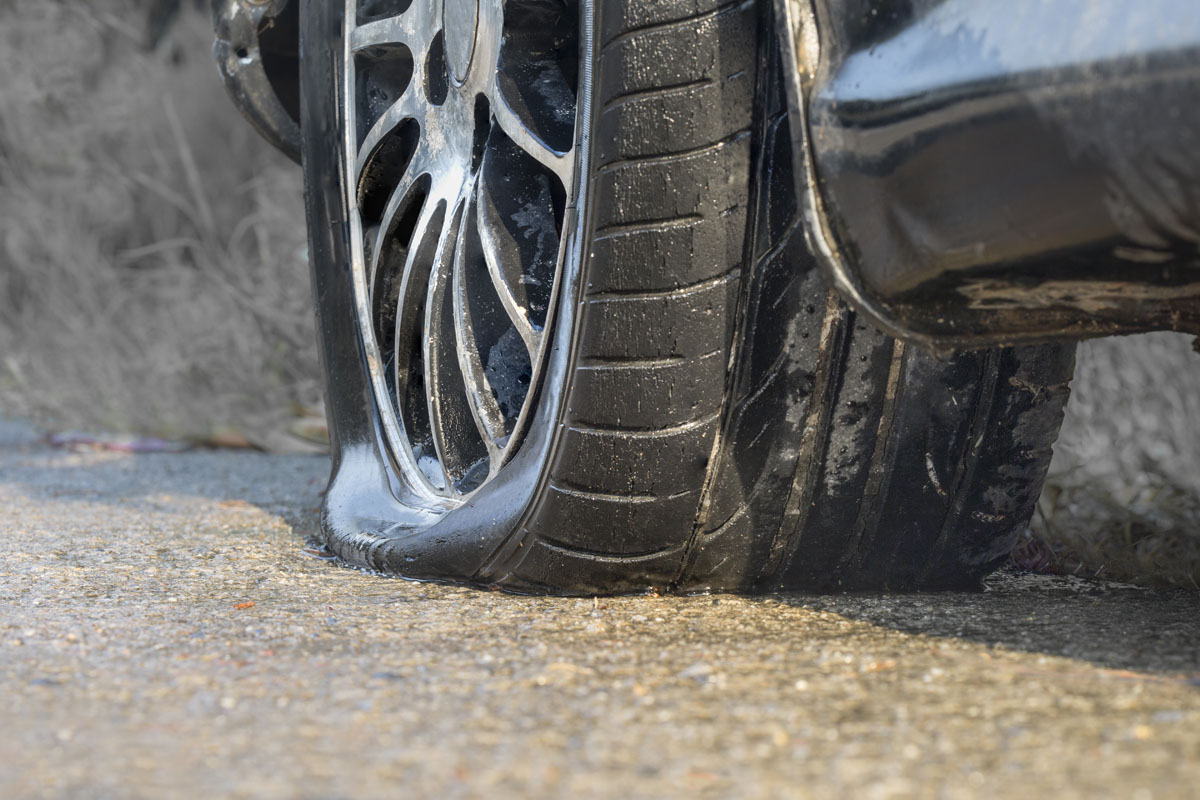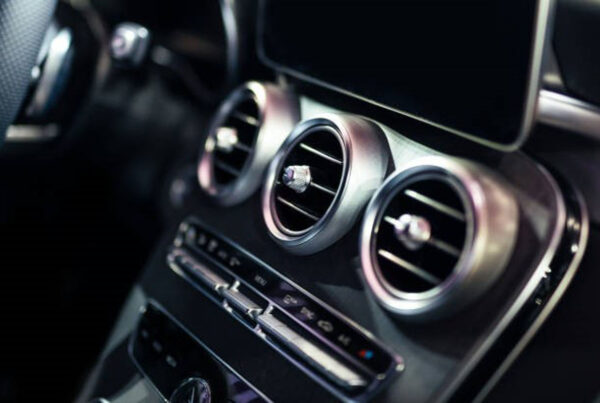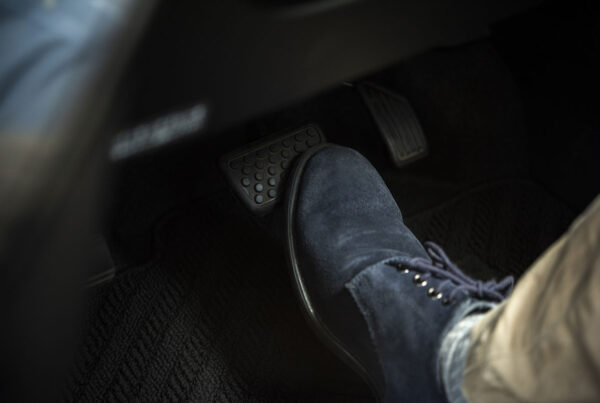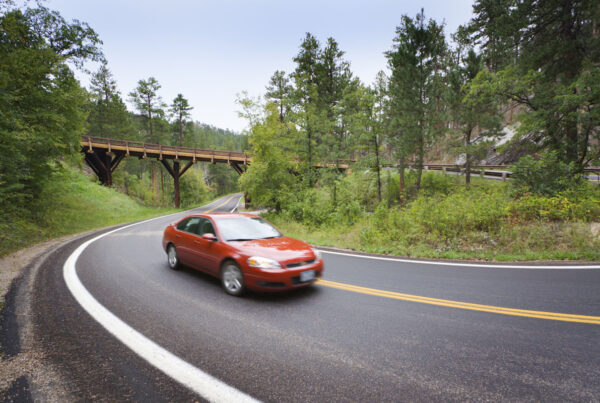Few things can ruin your day faster than walking out to your car and seeing a flat tire, or worse—getting stranded on the side of the road. Flats are frustrating, inconvenient, and sometimes dangerous, but most don’t just “happen out of nowhere.” In fact, many flat tires can be traced back to preventable issues. At Charlie’s Tire Service in Brevard, NC, we’ve helped countless drivers get back on the road after dealing with a flat. Here are the most common causes and what you can do to minimize your risk.
1. Sudden Temperature Changes
Tires are very sensitive to temperature. For every 10°F drop in outside air, your tire pressure can drop about 1 PSI (pound per square inch). In cold weather, this can trigger your dashboard’s low-pressure light, while extreme heat can cause over-inflation and weaken tire integrity. Both underinflated and overinflated tires are more prone to blowouts.
Prevention Tip: Check your tire pressure at least once a month—and always before long trips. Keeping tires inflated to manufacturer specifications is one of the easiest ways to prevent flats.
2. Damaged or Leaking Valve Stems
The valve stem (where you fill your tires with air) is a small part with a big job. If it’s cracked, corroded, or clogged with dirt, it can cause slow air leaks that eventually lead to a flat.
Prevention Tip: Ask your technician to inspect your valve stems during routine maintenance or tire rotations. Replacing them is quick and inexpensive.
3. Tire Bead Leaks
The tire bead—the edge that seals against the rim—can sometimes develop small leaks. This often happens with older tires, corroded wheels, or after hitting a hard bump. You might not notice right away, but over time, the tire will lose enough air to cause problems.
Prevention Tip: If you suspect a bead leak, a quick soapy water test (look for bubbling around the rim) can confirm it. Have it repaired by a professional before it leaves you stranded.
4. Road Hazards & Debris
Nails, screws, glass, potholes, and other debris are some of the most common (and frustrating) causes of flats. While you can’t always avoid hazards, driving cautiously and keeping a safe distance behind other vehicles can reduce your risk.
Prevention Tip: Inspect your tires regularly for punctures, cracks, or bulges. Catching damage early often means a simple patch instead of a full replacement.
5. Worn or Neglected Tires
Sometimes the cause of a flat is simply old, worn-out tires. Thin tread, sidewall damage, or dry rot weakens the structure, making flats and blowouts much more likely.
Prevention Tip: Replace tires before they’re dangerously worn. A good rule of thumb is to check tread depth with the penny test—if you can see the top of Lincoln’s head, it’s time for new tires.
Stay Prepared with Professional Tire Care
Even with the best maintenance, flats can still happen. That’s why it’s smart to keep a properly inflated spare, a jack, and a tire repair kit in your vehicle.
At Charlie’s Tire Service in Brevard, NC, we provide complete tire care—from flat repairs and rotations to replacements and inspections. Whether you’re dealing with an unexpected flat or just want to prevent one, our team is here to keep you rolling safely.





